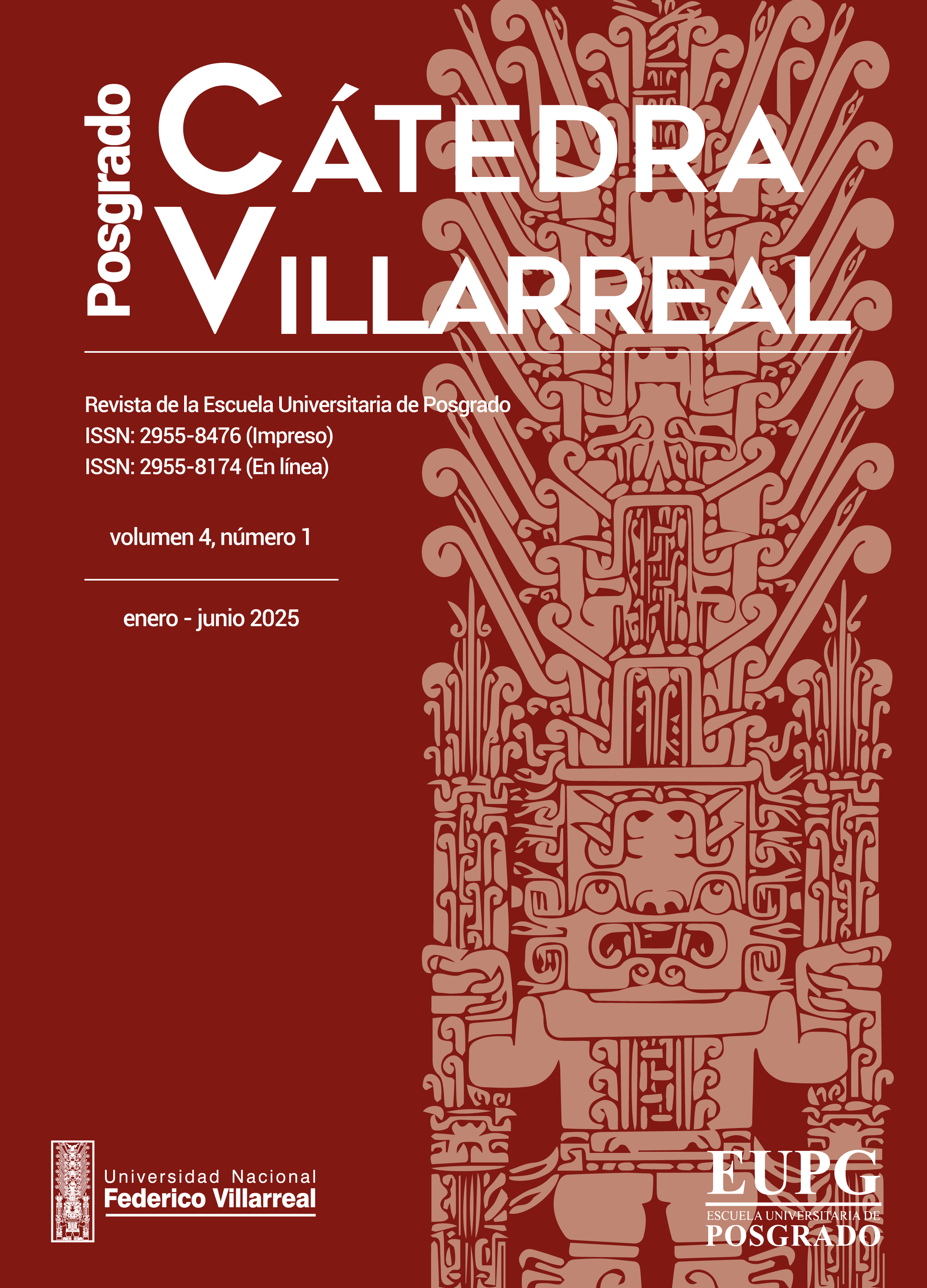Impact of knee osteoarthritis on the quality of life in patients from a police hospital
DOI:
https://doi.org/10.62428/rcvp2025411981Keywords:
Knee osteoarthritis, knee pain, quality of life, older adultsAbstract
The objective was to determine the impact of knee osteoarthritis (OA) on the quality of life (QoL) in older adults. A sample of 154 patients diagnosed with knee OA was included. The Kellgren–Lawrence scale was used for the radiological diagnosis of knee OA, and the WOMAC index was applied to assess QoL in patients with this condition. For the bivariate analysis, Somers’ D test was used. For the multivariate analysis, a Poisson regression model with adjusted prevalence ratio (APR) was applied. Statistical significance was set at p<0.05. Among the results, the prevalence of knee OA was mild in 20.1%, moderate in 53.2%,
and severe in 26.6%. QoL was reported as good in 38.3%, fair in 51.3%, and poor in 10.4% of the patients. Only severe knee OA significantly impacted QoL (p = 0.021), showing a 48% lower probability of having good QoL compared to those with mild knee OA (APR = 0.52, 95% CI: 0.29–0.91). Women had a 45% lower probability of presenting good QoL compared to men (APR = 0.55, 95% CI: 0.37–0.80). In conclusion, severe knee OA significantly impacted the QoL of older adult patients, with women showing a lower probability of having good QoL.
Downloads
Published
How to Cite
Issue
Section
License
Copyright (c) 2025 Paul Alexander Jara Pino

This work is licensed under a Creative Commons Attribution-NonCommercial-ShareAlike 4.0 International License.
Eres libre de
- Compartir : copiar y redistribuir el material en cualquier medio o formato.
- Adaptar : remezclar, transformar y construir sobre el material.
El licenciante no puede revocar estas libertades siempre que cumpla con los términos de la licencia.
Bajo los siguientes términos:
- Atribución : debe dar el crédito apropiado , proporcionar un enlace a la licencia e indicar si se realizaron cambios . Puede hacerlo de cualquier manera razonable, pero no de ninguna manera que sugiera que el licenciante lo respalda a usted o su uso.
- No comercial : no puede utilizar el material con fines comerciales .
- CompartirIgual : si remezclas, transformas o construyes a partir del material, debes distribuir tus contribuciones bajo la misma licencia que el original.
- Sin restricciones adicionales : no puede aplicar términos legales ni medidas tecnológicas que restrinjan legalmente a otros hacer cualquier cosa que la licencia permita.
Avisos:
- No tiene que cumplir con la licencia para elementos del material que sean de dominio público o donde su uso esté permitido por una excepción o limitación aplicable.
- No se dan garantías. Es posible que la licencia no le otorgue todos los permisos necesarios para el uso previsto. Por ejemplo, otros derechos como publicidad, privacidad o derechos morales pueden limitar la forma en que utiliza el material.












